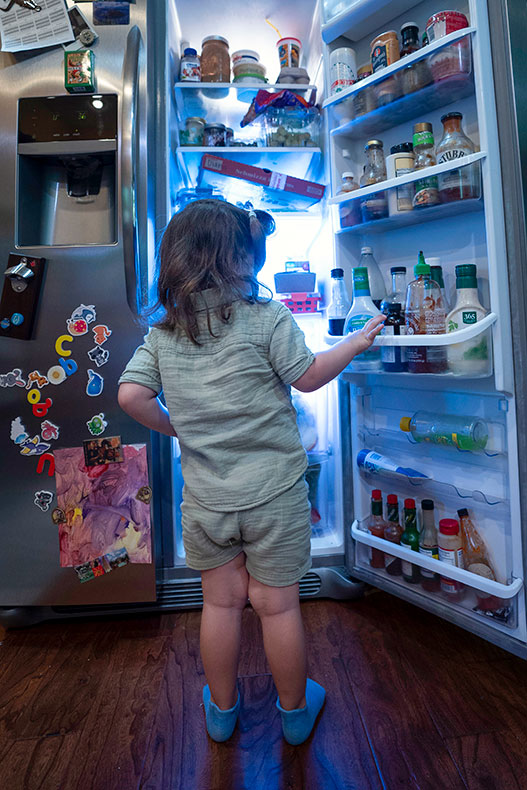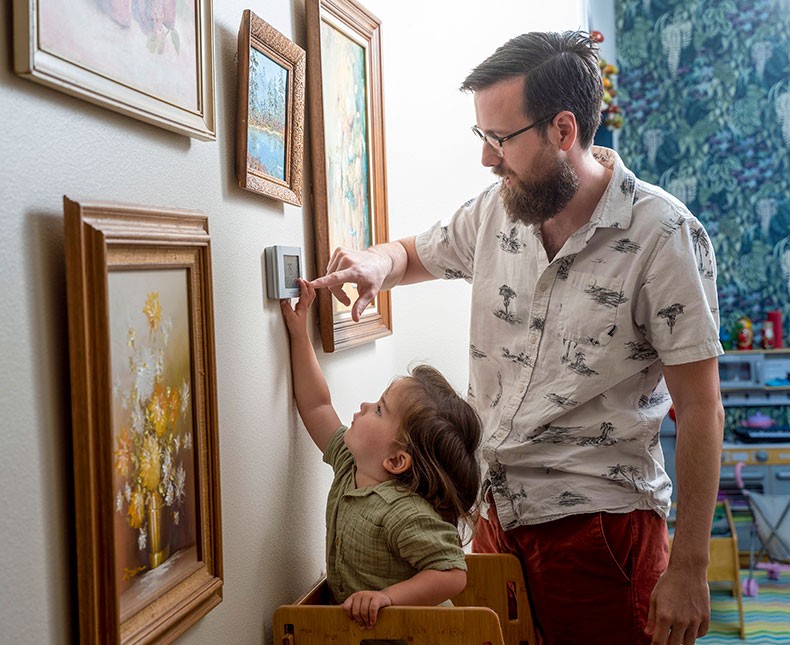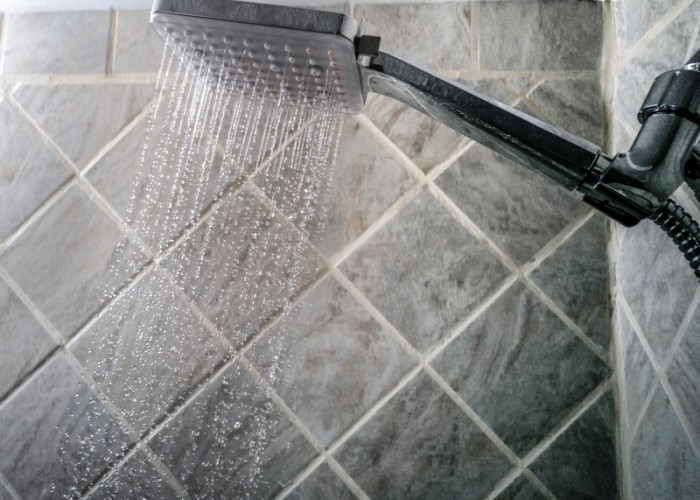Teach Your Children Energy Sense
Kids and grandkids can be energy efficiency champions
By Miranda BoutelleTeach kids to dress appropriately for the seasons, even when they are indoors, which allows you to set the thermostat to balance comfort and savings. Photo by Mike Teegarden.
When I was a kid, I dreamed of one day having a home where I could pay my own electric bill — said no one ever. But educating kids and grandkids on energy use and costs can help engage them in your family’s goal to use less electricity. They can be energy efficiency champions if you ask them to help. Here are some ways you can teach kids to use less electricity.
Show them how to read the electric bill. Focus on what you can control: kilowatt-hour (kWh) use. If they are old enough, teach them how to do the math. You can calculate kWh use by multiplying wattage by hours used and dividing by 1,000. Multiply this by the kWh rate found on your electric bill to estimate how much you spend on power for each household appliance.
For example, if you have a space heater that uses 1,500 watts and is on for four hours a day for a month, it uses 180 kWh. With an average kWh rate of 13.7 cents in the United States, the space heater costs about $25 a month to operate. That same space heater costs about $74 a month if it is on for 12 hours per day. Your kWh rate may be lower or higher depending on where you live.

In the kitchen, keep the refrigerator door shut. Teach kids to take a quick peek and shut the door while they think about their snack options. Photo by Mike Teegarden.
For household appliance wattage, look for the amount stamped on the bottom, back or nameplate. If the nameplate does not include wattage, figure it out by multiplying the voltage by the amperage.
To teach children the impact of saving energy, have them help you conserve with the household’s biggest energy-consuming appliances: heating and cooling. Teach kids to dress appropriately for the seasons, even when they are indoors, which allows you to set the thermostat to balance comfort and savings. Turn off fans when you leave a room: fans cool people, not the air around them.
The second-highest use of electricity is typically the electric water heater. Use a shower timer so bigger kids can monitor how long they are in the shower. Teach them to wash their clothes with cold water. If you have a gas water heater, look at the gas bill to find opportunities to save.
Other ways to save include turning off the lights when you leave the room, or better yet, switching to LED lighting. Even little changes can add up throughout the year. If your child needs a nightlight to sleep with, make sure it’s an LED bulb.
Powering down gaming stations and computers is another way to save. In the kitchen, keep the refrigerator door shut. Teach kids to take a quick peek and shut the door while they think about their snack options.
After teaching your kids about electric bills and showing them how to save electricity, make a game out of your family’s energy conservation efforts. Challenge the family to use less energy than last month or the same month last year. Use the savings to reward them with a treat or let the winner pick the game night activity or film for family movie night.
You can also teach children where the electricity for their home comes from. Check out your electric co-op’s website or give them a call to find out what energy sources power your home.
-
Get energy smart
-
Share this story:






